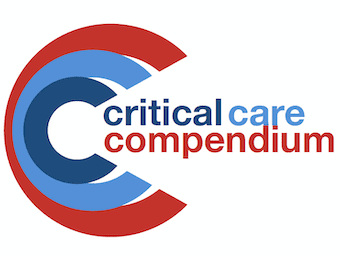
Category CCC
The LITFL Critical Care Compendium is a comprehensive collection of pages concisely covering the core topics and controversies of critical care.


Capnography Waveform Interpretation

Bag-Valve-Mask (BVM) Ventilation

AHA/ACC Guidelines (2007)
AHA/ACC Guidelines (2007) – Perioperative Cardiovascular Evaluation of the Patient undergoing Non-cardiac Surgery Take Home Message = if assessment and evaluation not indicated irrespective of perioperative context then just crack on (its all about symptoms). 3 factors involved in risk…

Bubble CPAP
USES neonatal respiratory failure (surfactant deficiency) asthma bronchiolitis DESCRIPTION METHOD OF INSERTION 3 basic parts: (1) supply humidified and heated air(2) nasal cannula or face mask(3) positive pressure provided by depth of immersion of the expiratory air flow in water…

Blood Warmer

Blood gas syringe

Arterial line and Pressure Transducer

Blood filter

Emergent Valve Disorders

Aortic Regurgitation
Aortic regurgitation is diastolic reflux of blood from aorta to LV due to malposition of the aortic cusps. RISK FACTORS age enlarged aortic root diameter: Marfans, Enhlers-Danlos, oesteogenesis imperfecta, connective tissue disorders bicuspid AV atherosclerosis infective endocarditis rheumatic heart disease…

